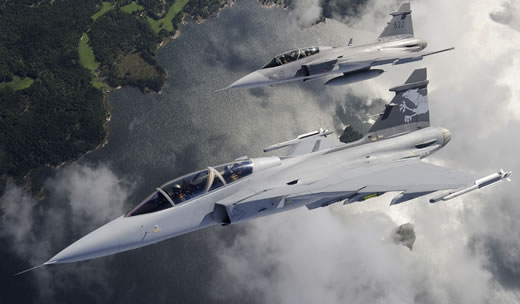
Brazilian new President Dilma Rousseff is apparently pushing back the decision on the acquisition of the new fighter aircraft for Brazil’s Air Force sometime to 2012. Local reports are citing reduced government expenditure as the reason for the delay. While the Rafale produced by France’s Dassault Aviation SA, was though to be the forerunner of Brazil’s FX-2 program, favored by former president Lola and the government the Swedish Gripen NG was though to be more affordable at 10 billion reals (US$6 billion) and having better export potential in Latin America, a fact that could contribute to Brazil’s aerospace industries advantages. President Dilma was reportedly in consultation with Embraer and the Air Force Commander, Gen. Juniti Saito, both supported the selection of Saab’s Gripen NG over the Rafale, strongly endorsed by former Defense Minister Nelson Jobim.

Another contender, the Boeing F/A-18E/F Super Hornet was also among the three fighters considered, but the probability of its selection was considered lower, given the U.S. attitude toward technology transfer to Brazil. More time could help Boeing’s potential customer gaining more acceptance in Washington. Sofar Congress has approved Boeing’s proposal to Brazil, but it may wield vetoes in the future. The US proposal was said to be 12.9 billion reals ($7.7 billion) As for the Rafale, although the French offer was considered the most expensive, at 13.3 billion reals ($8 billion) although Jobim claimed to have reduced the cost by $2 billion. Related posts:
















